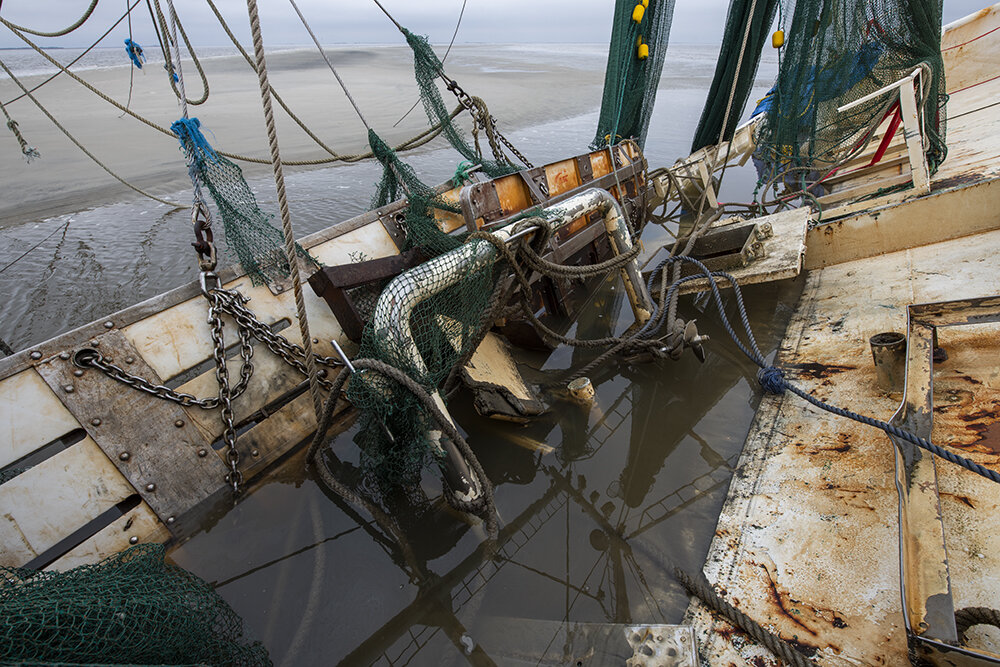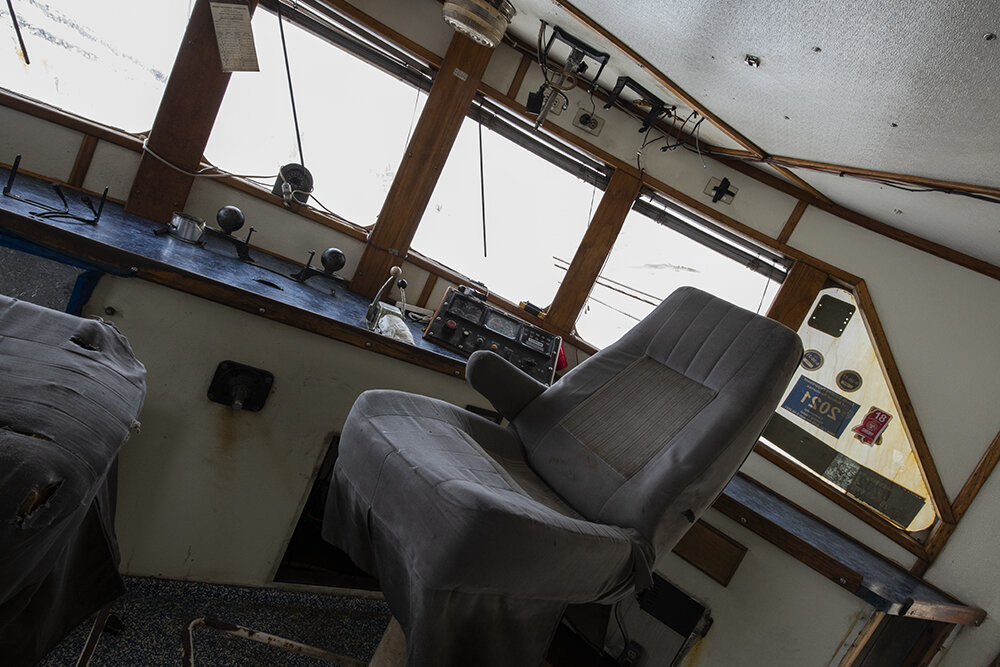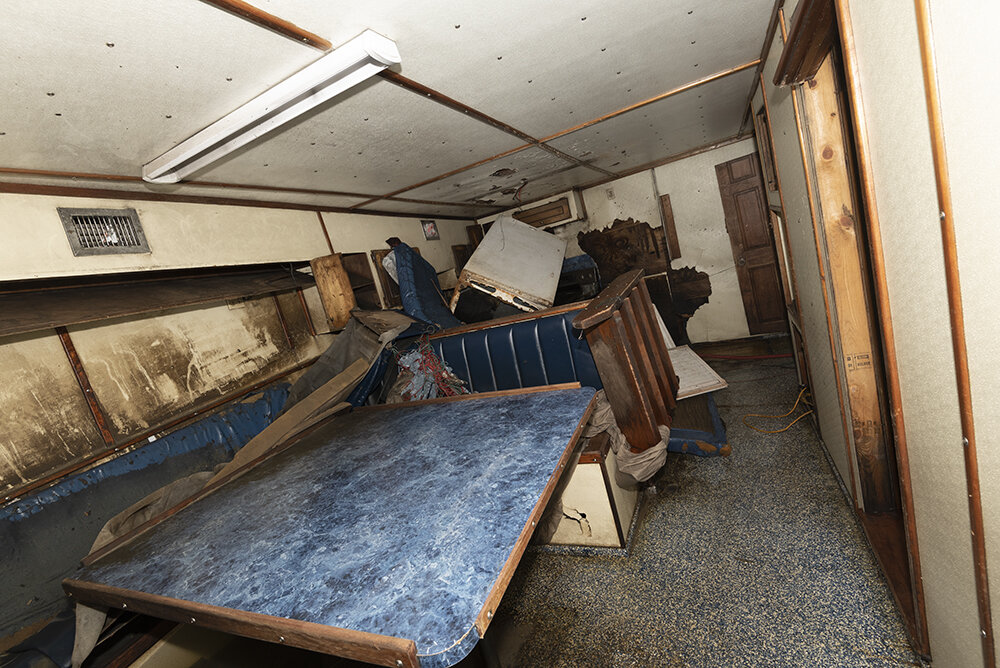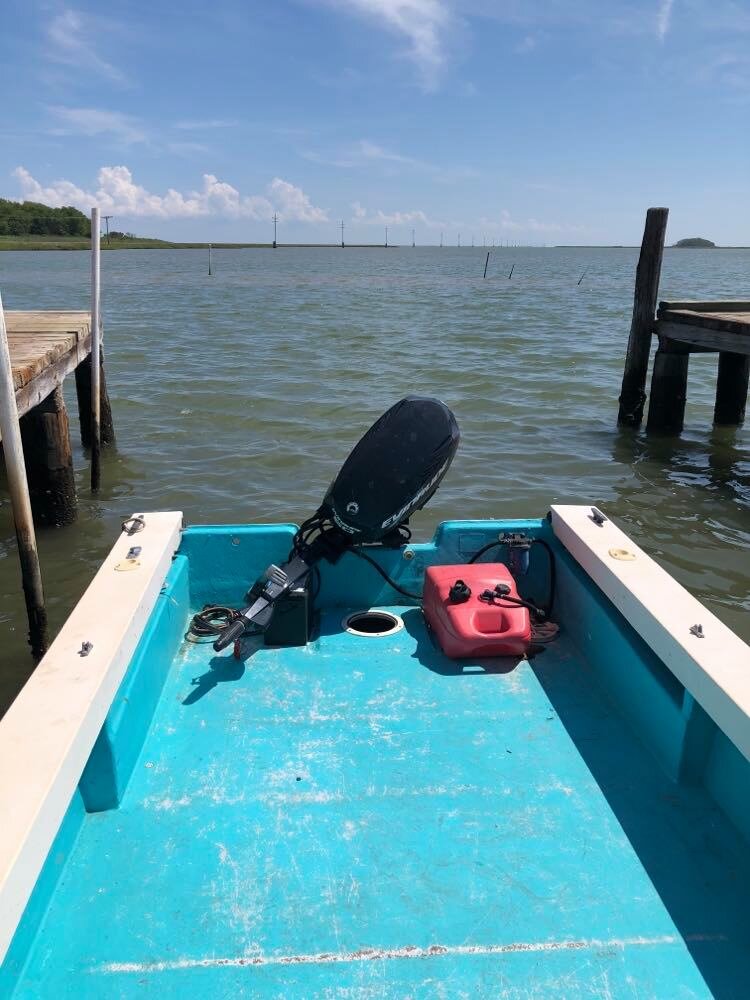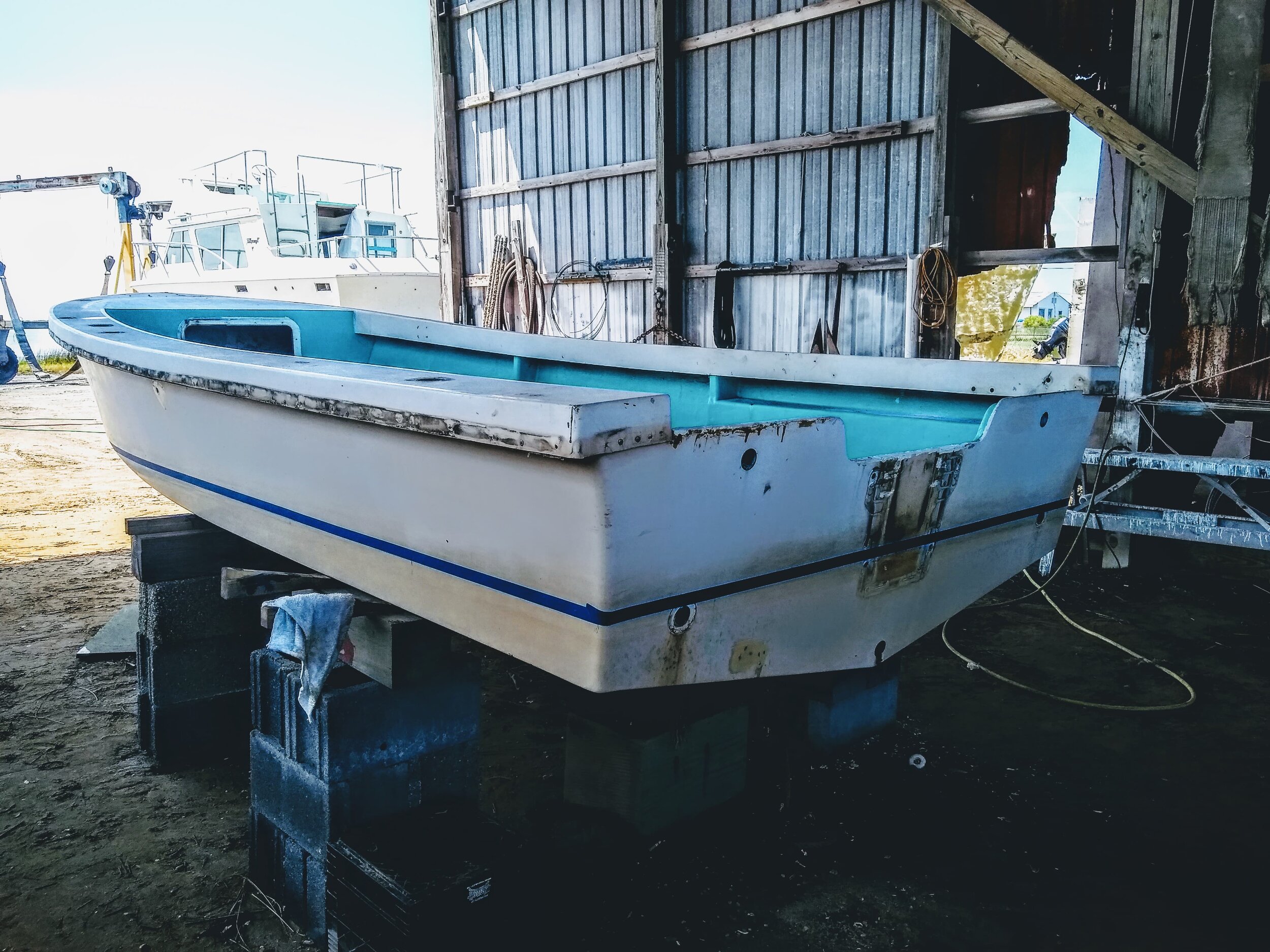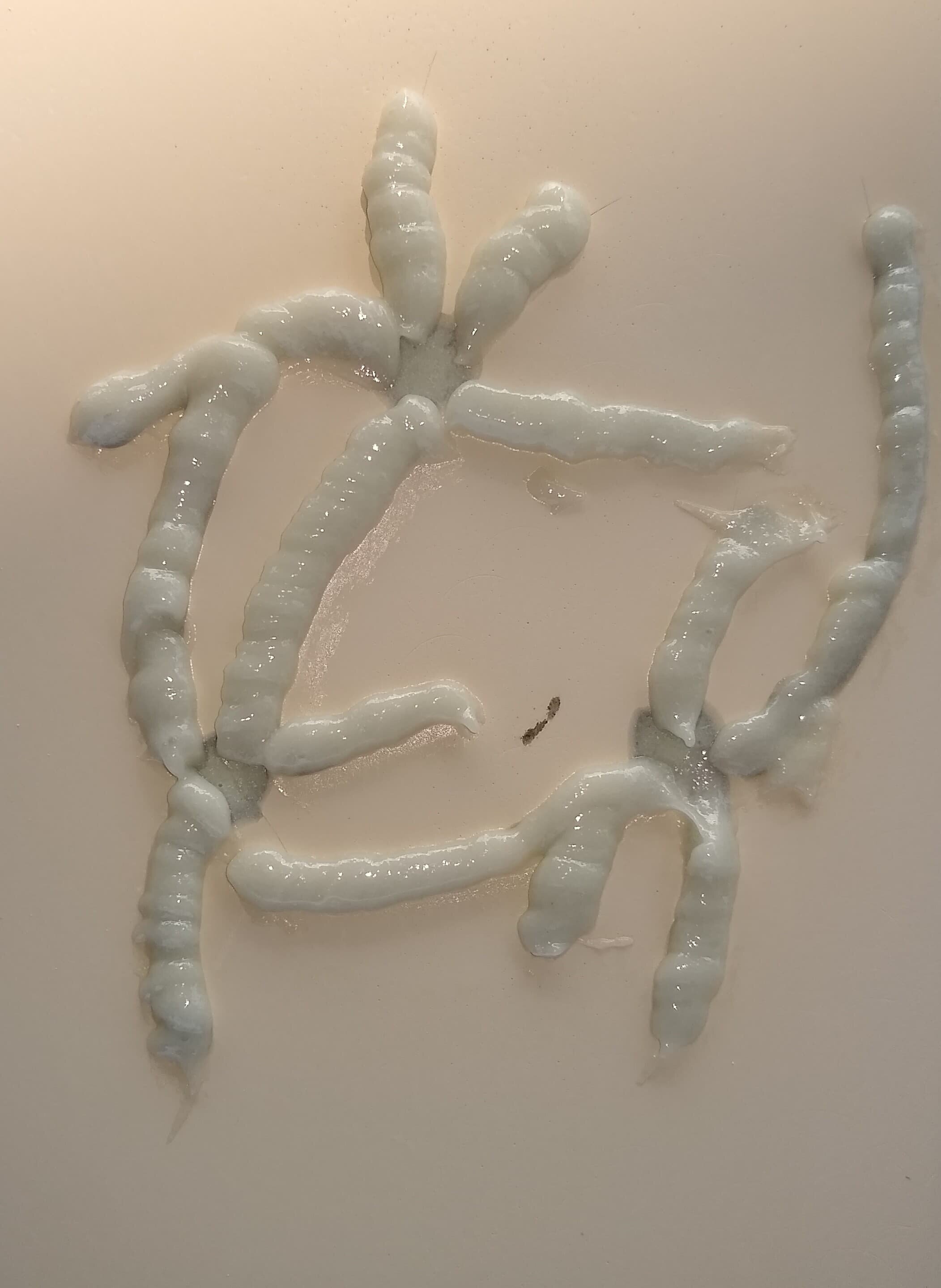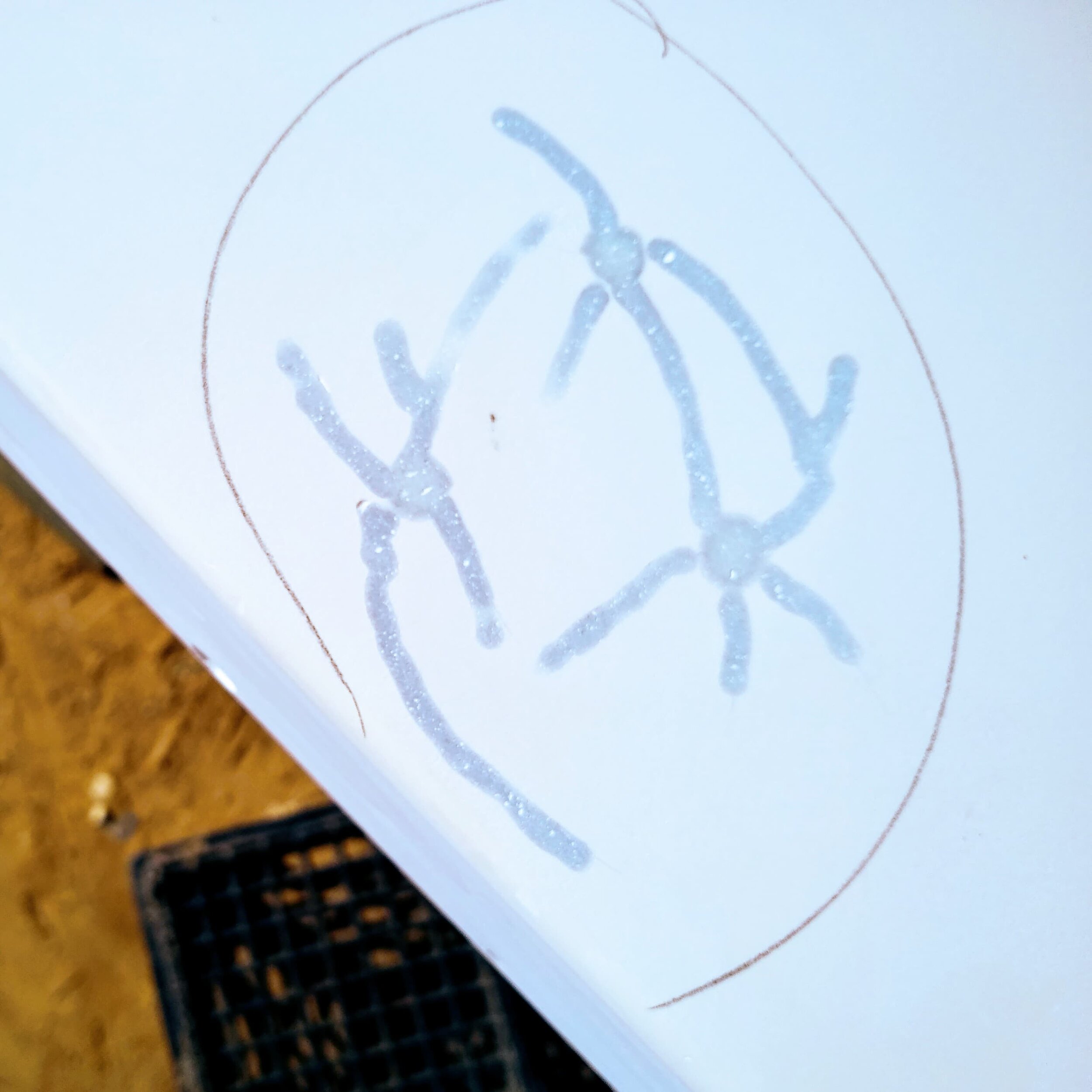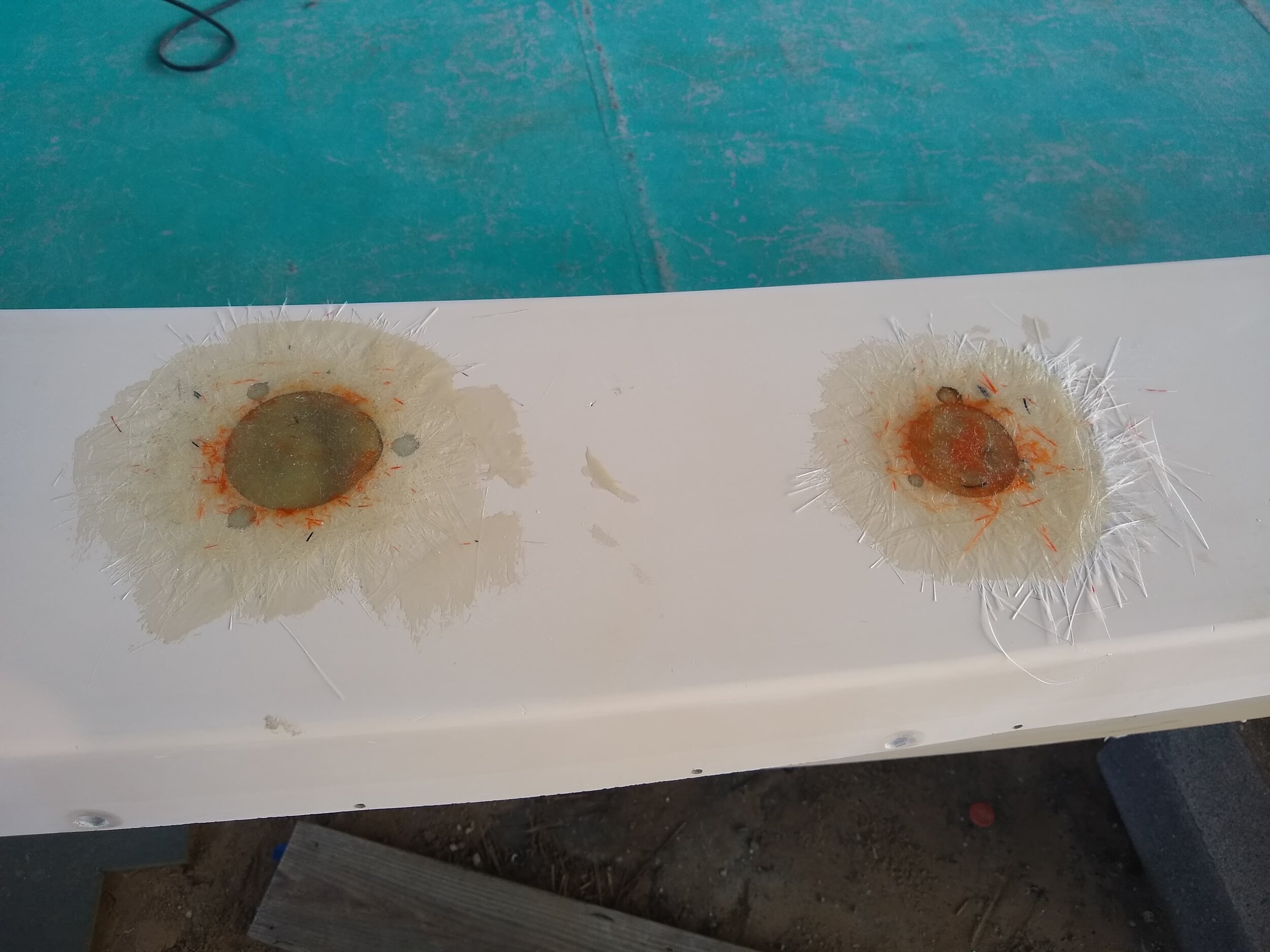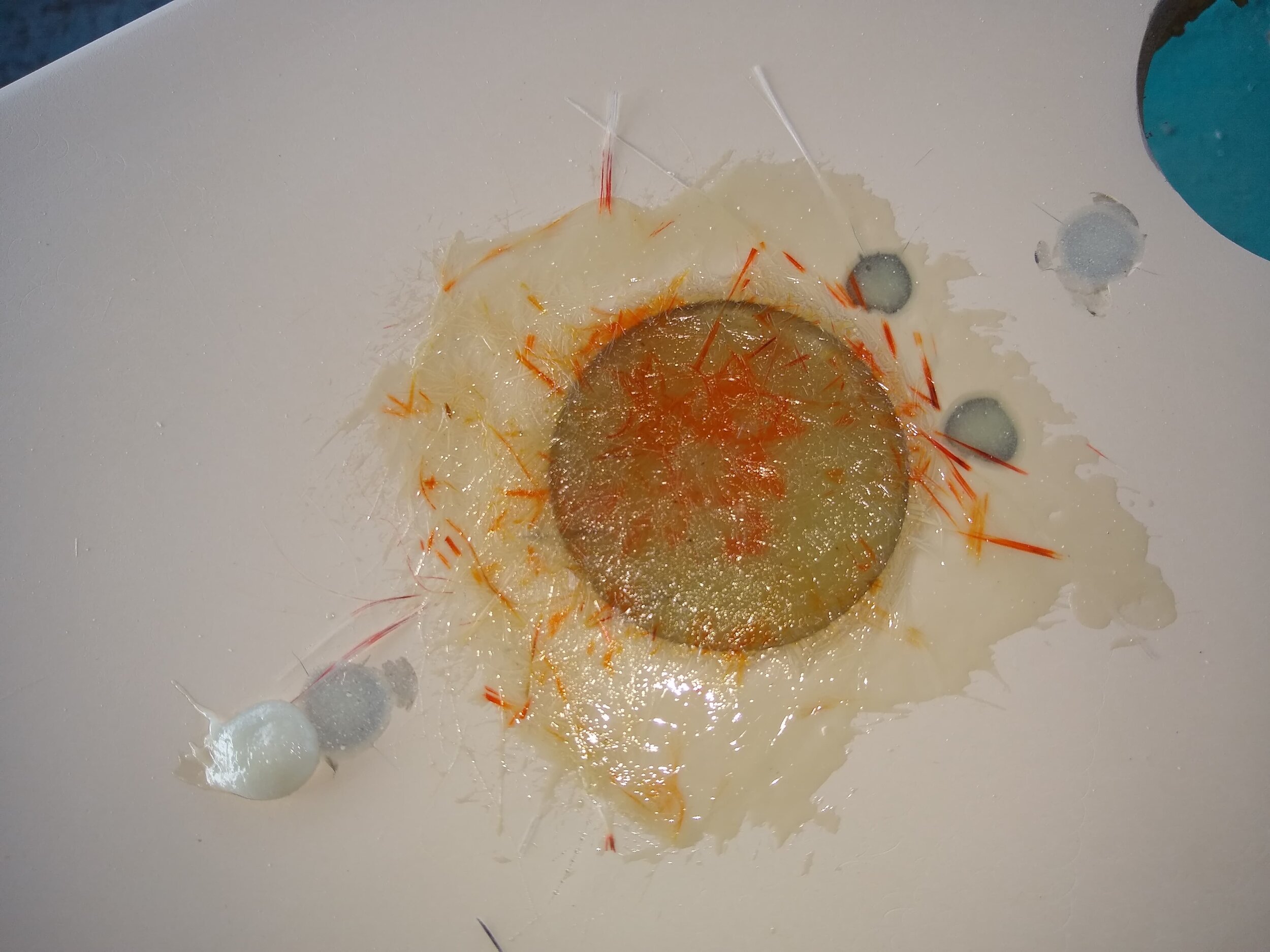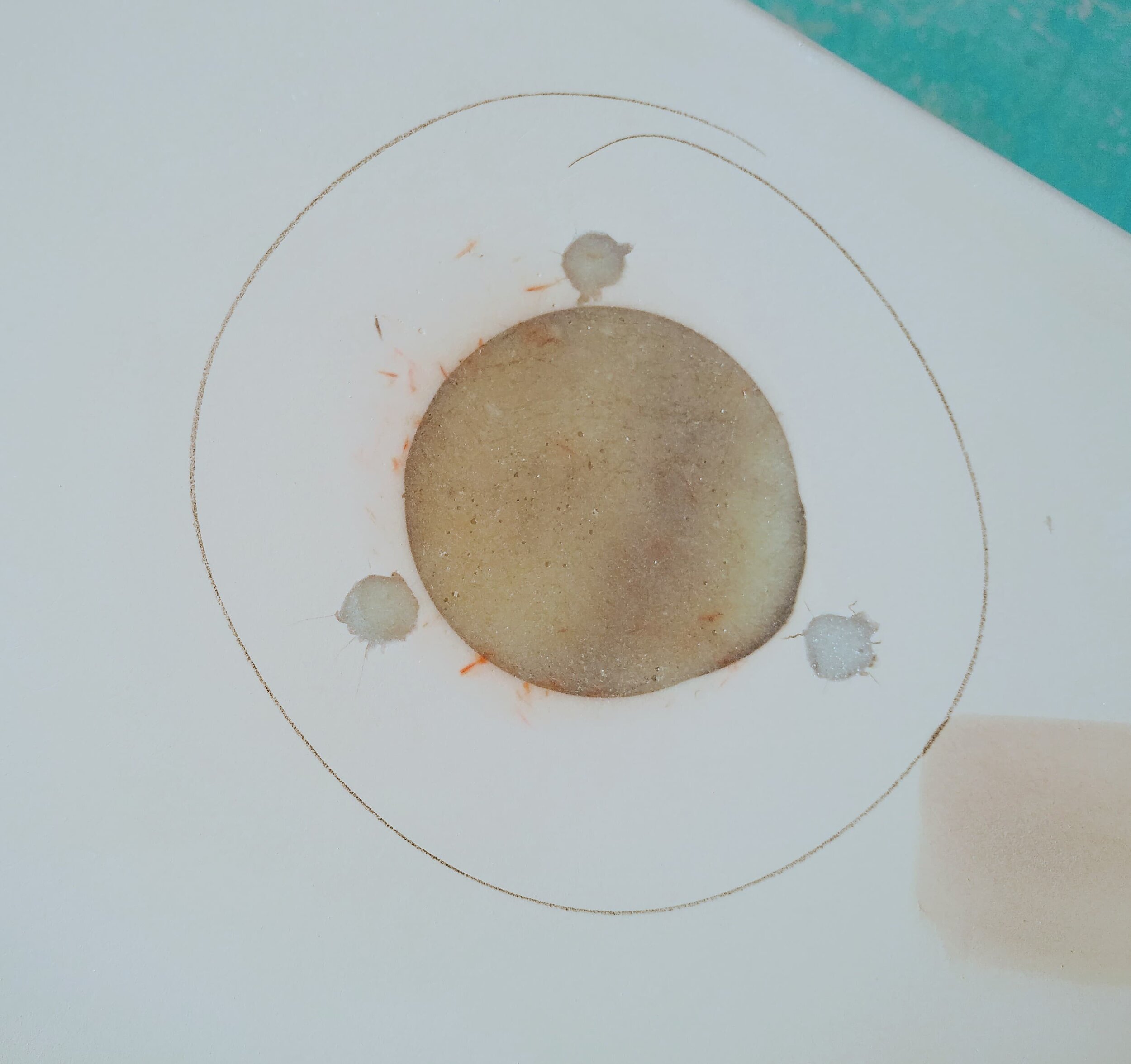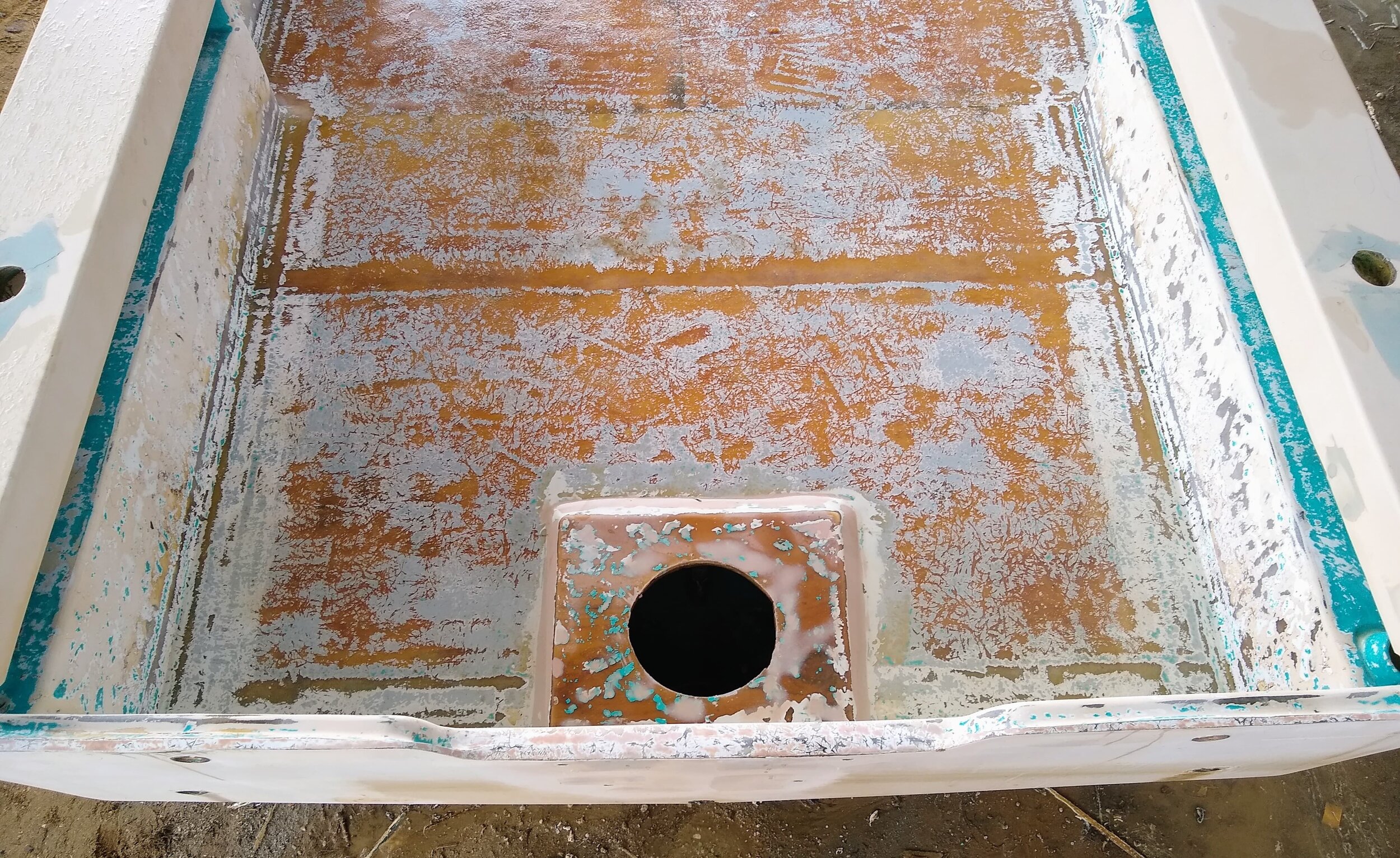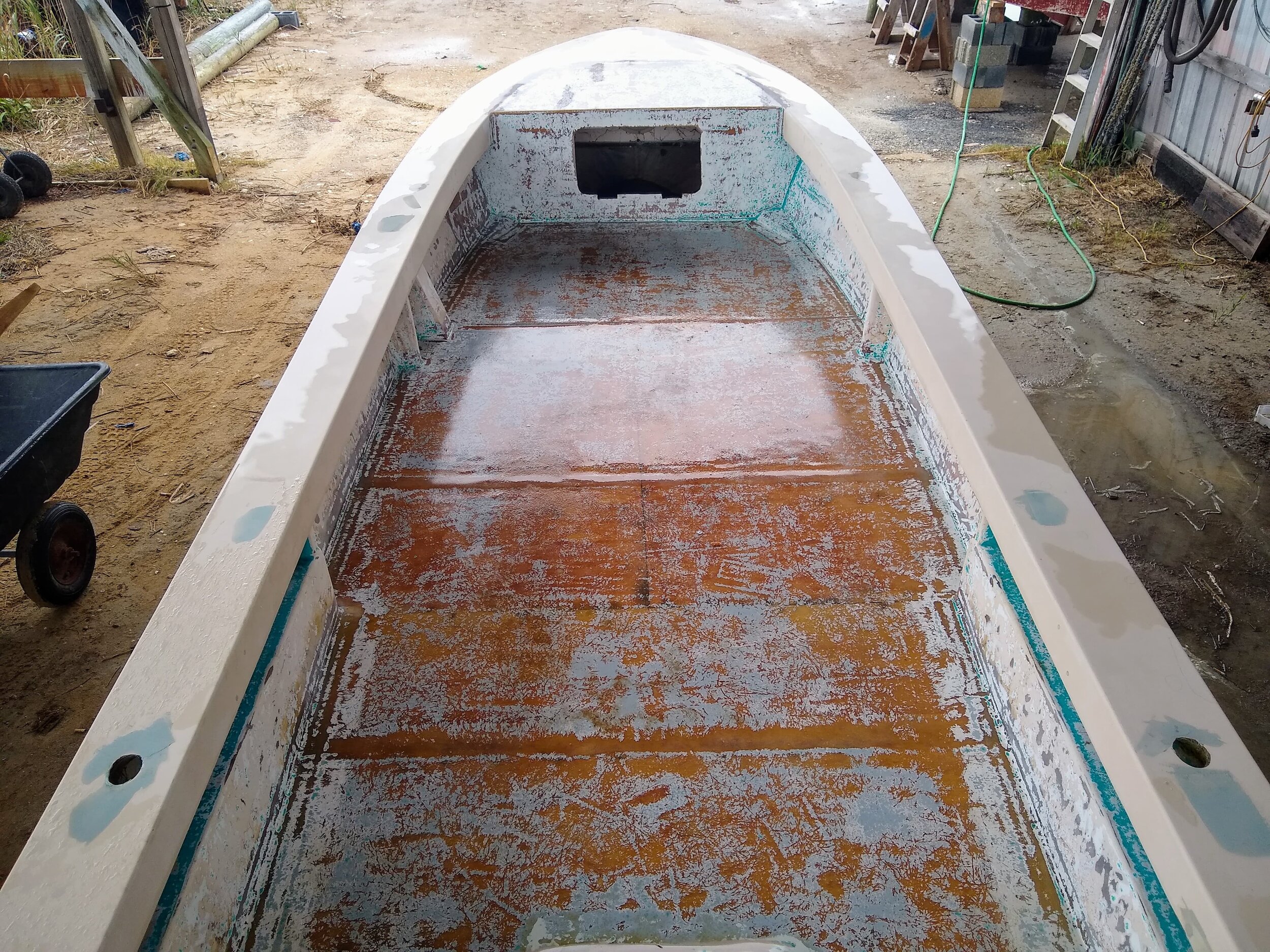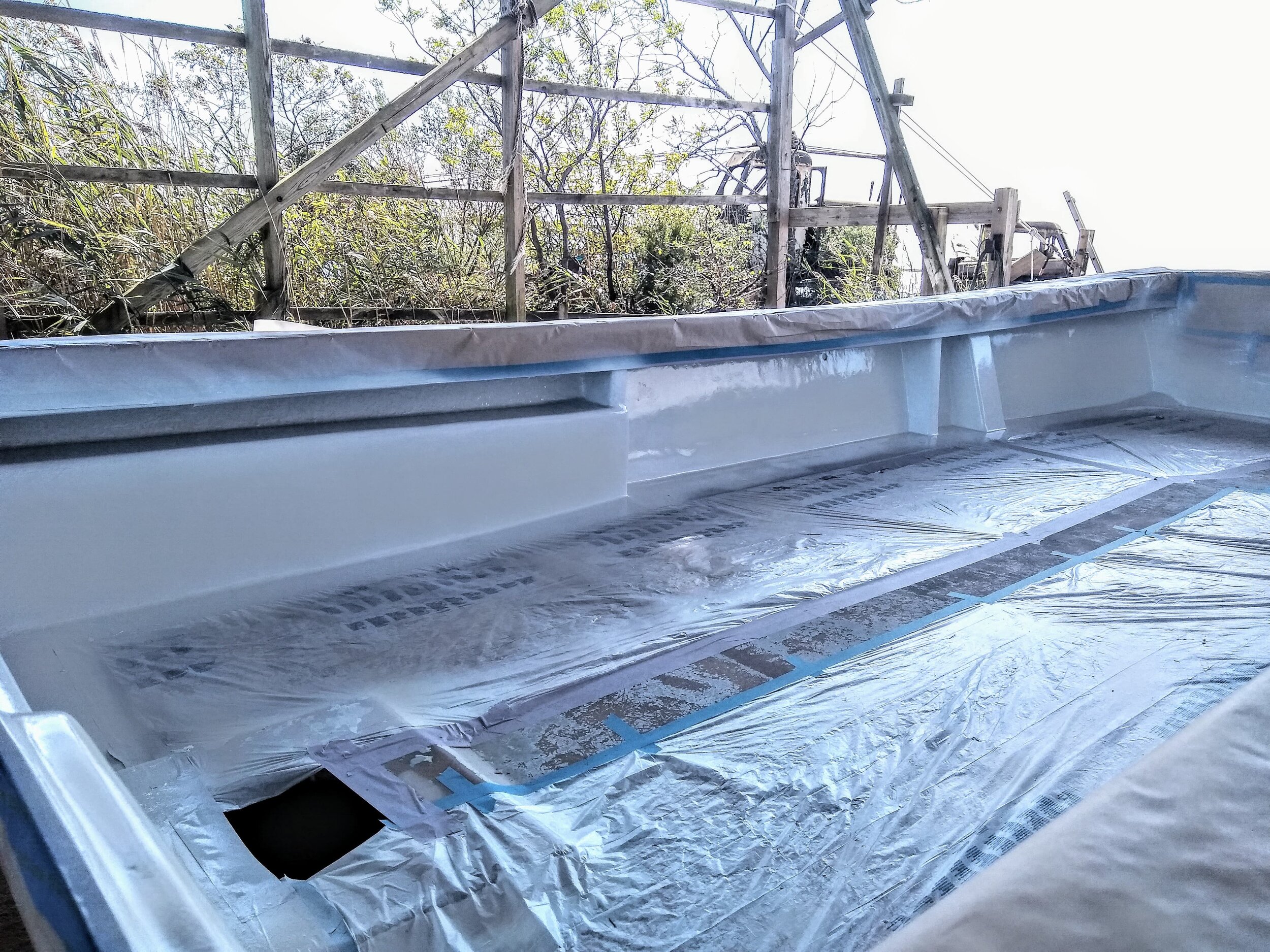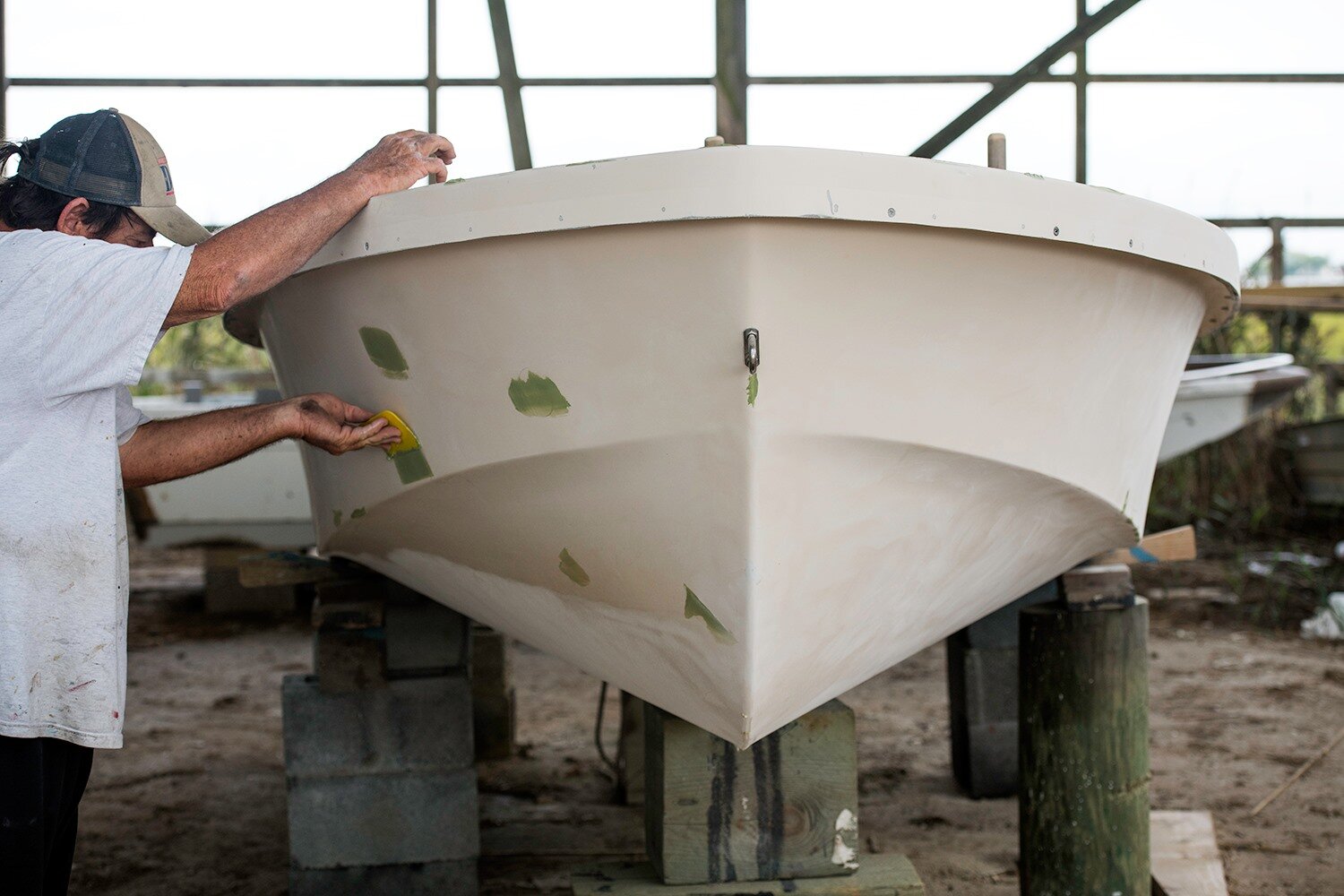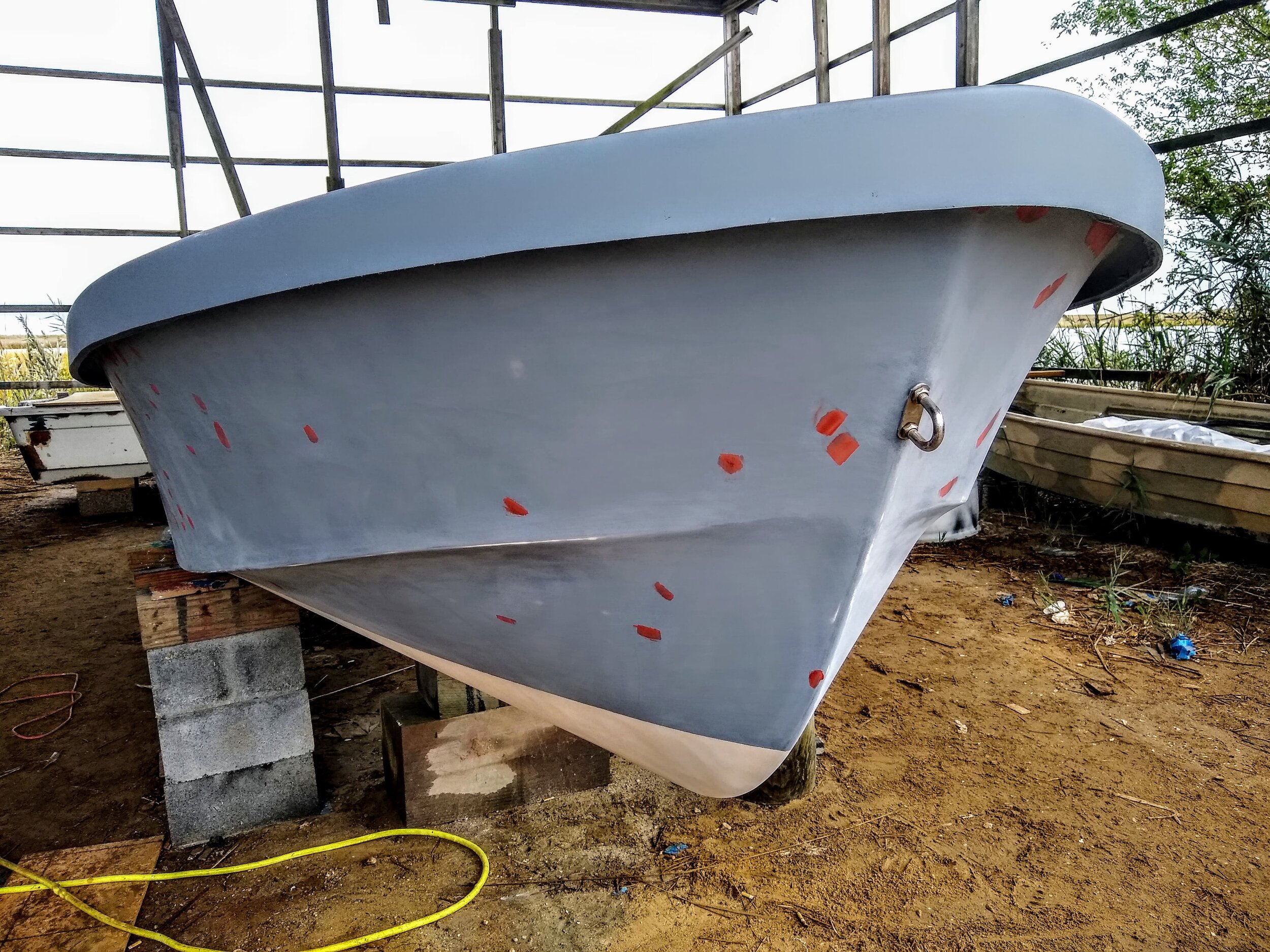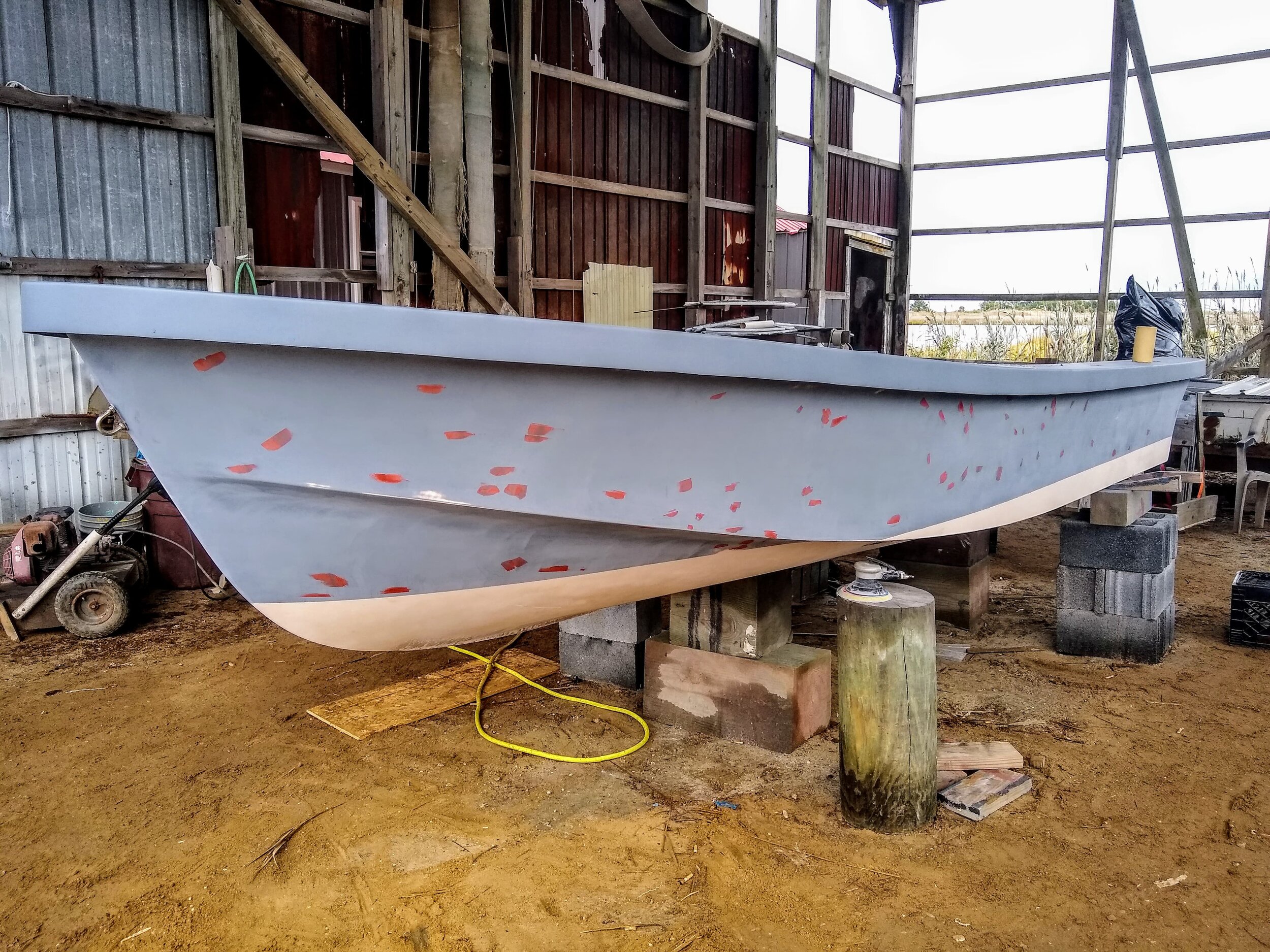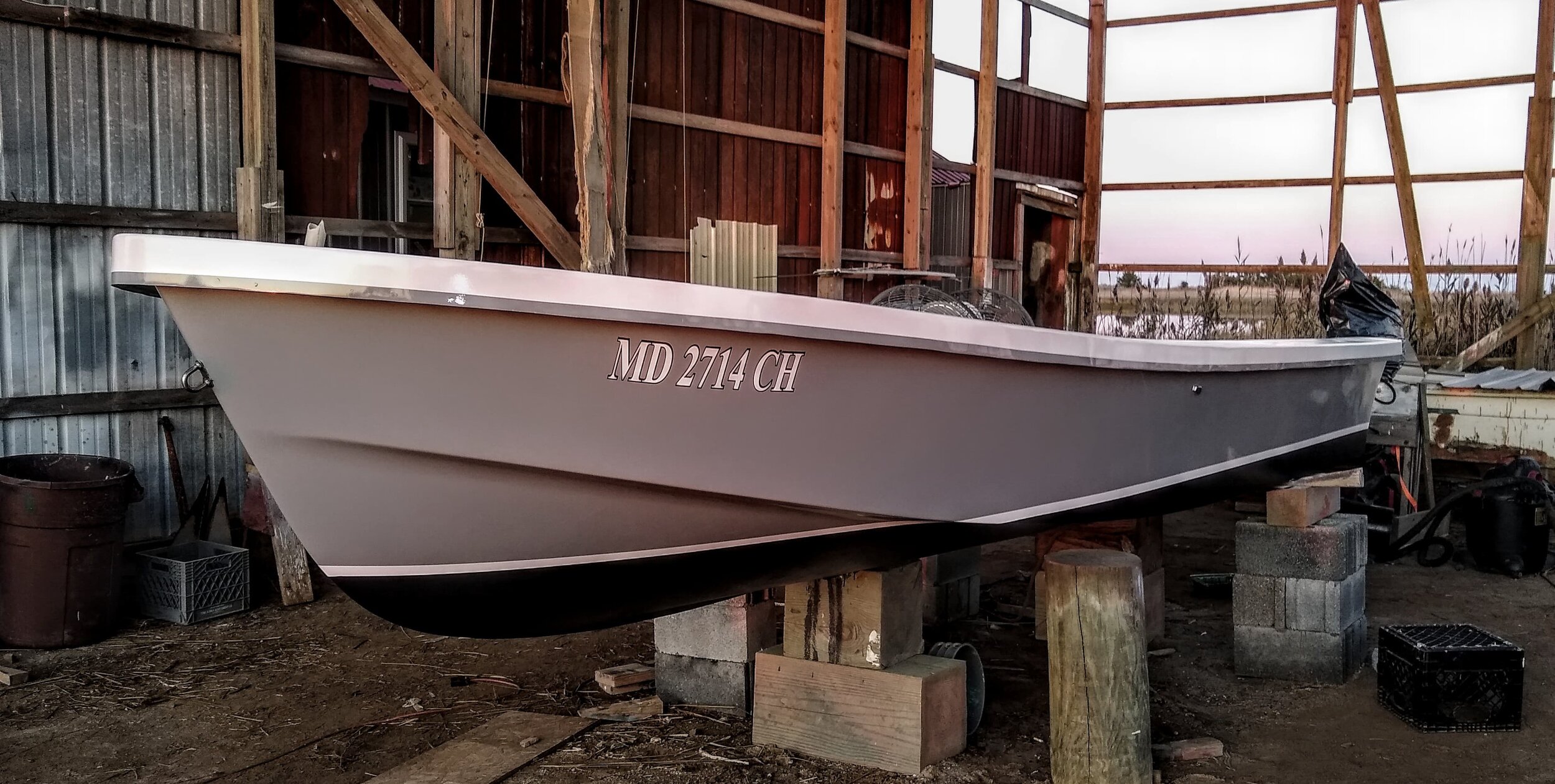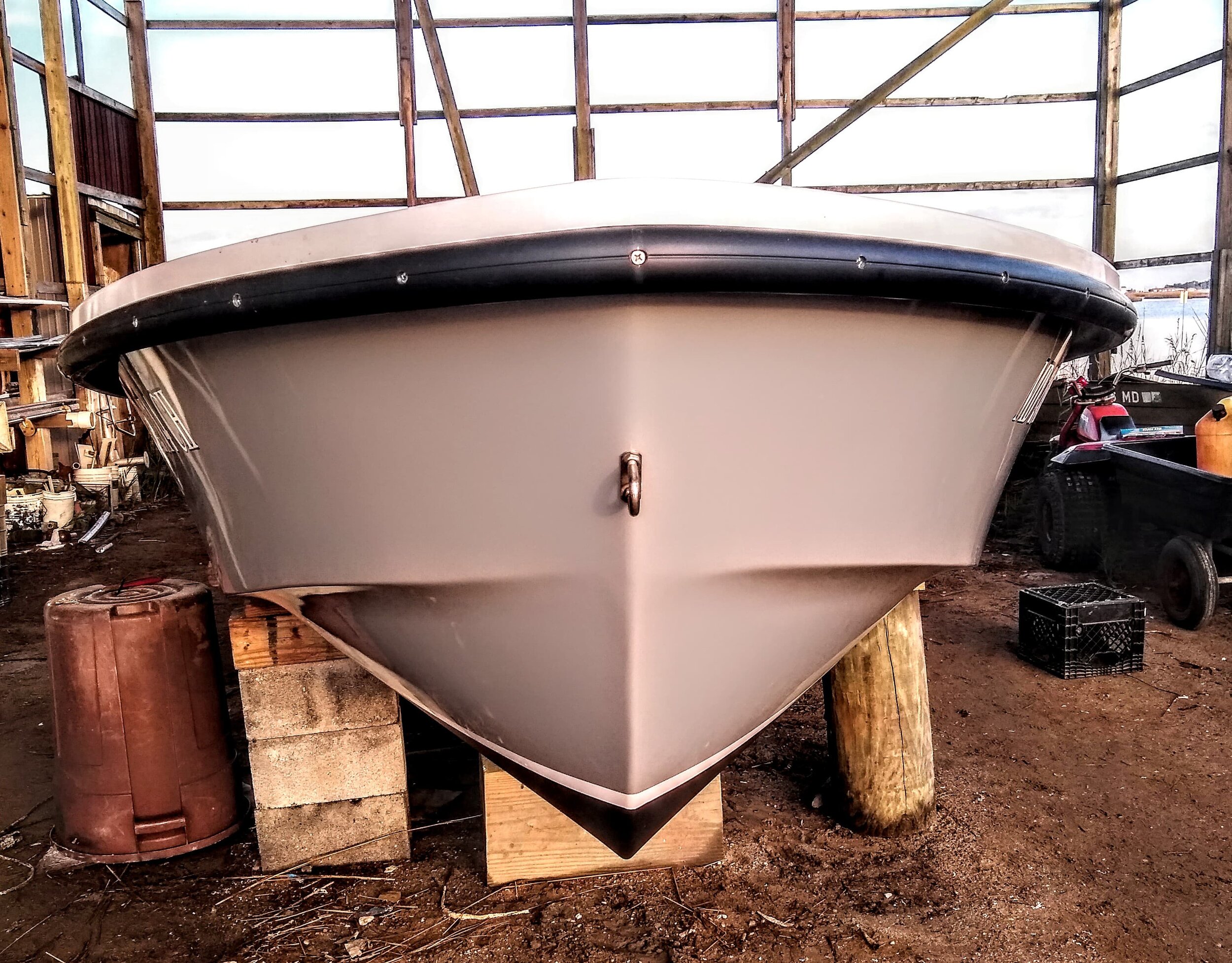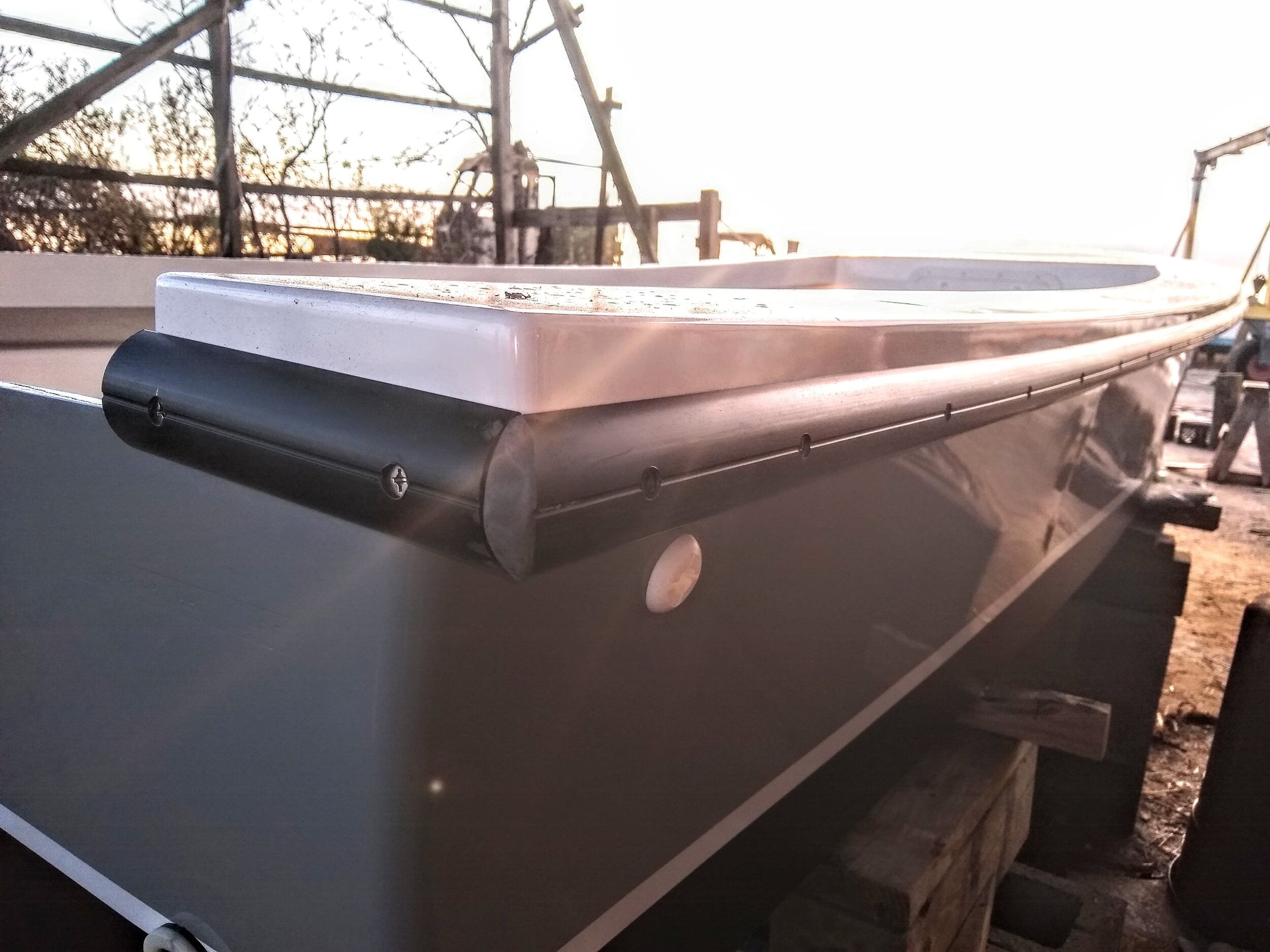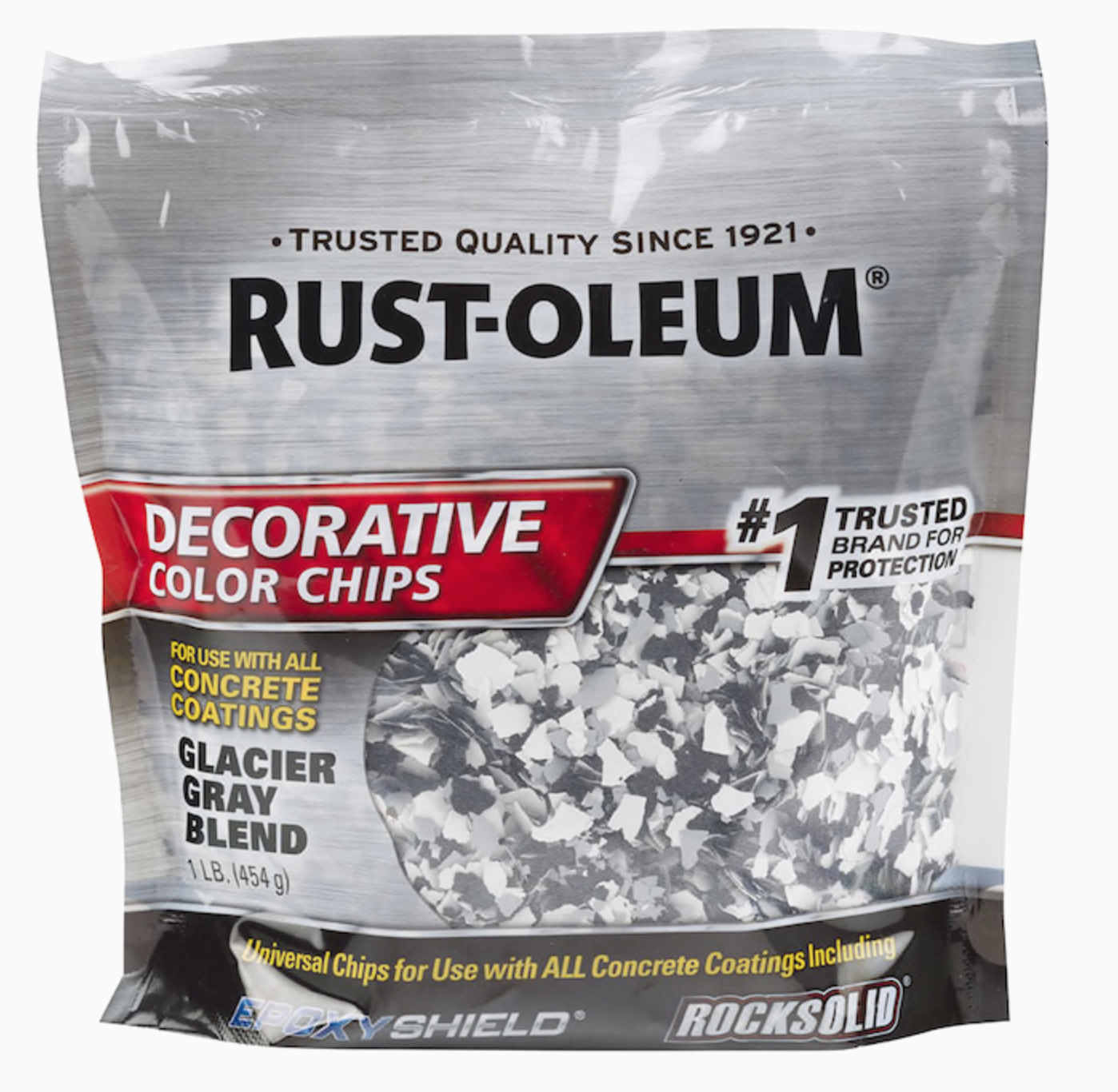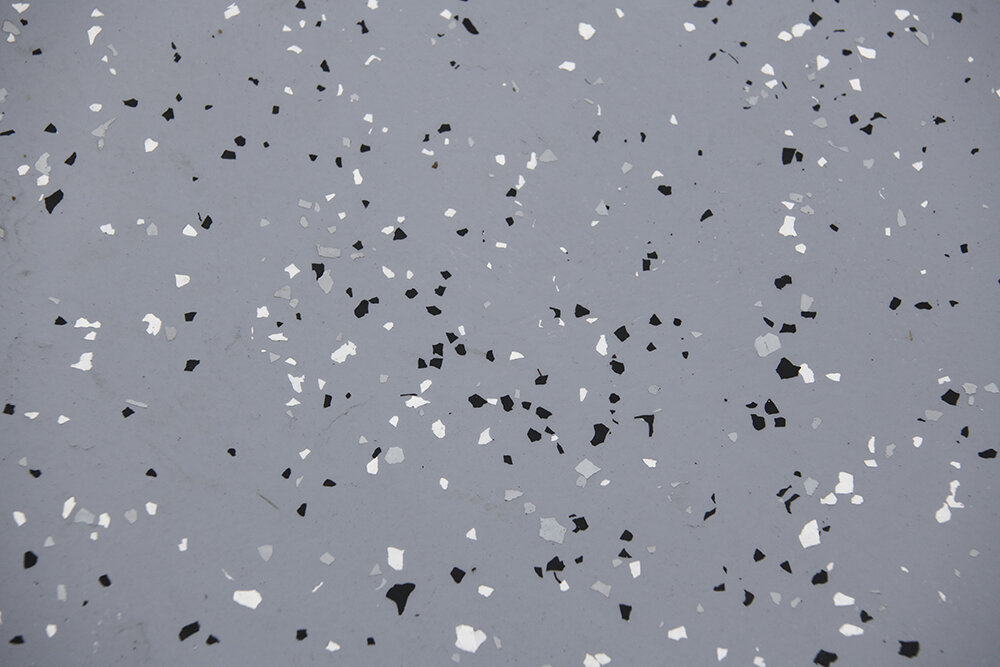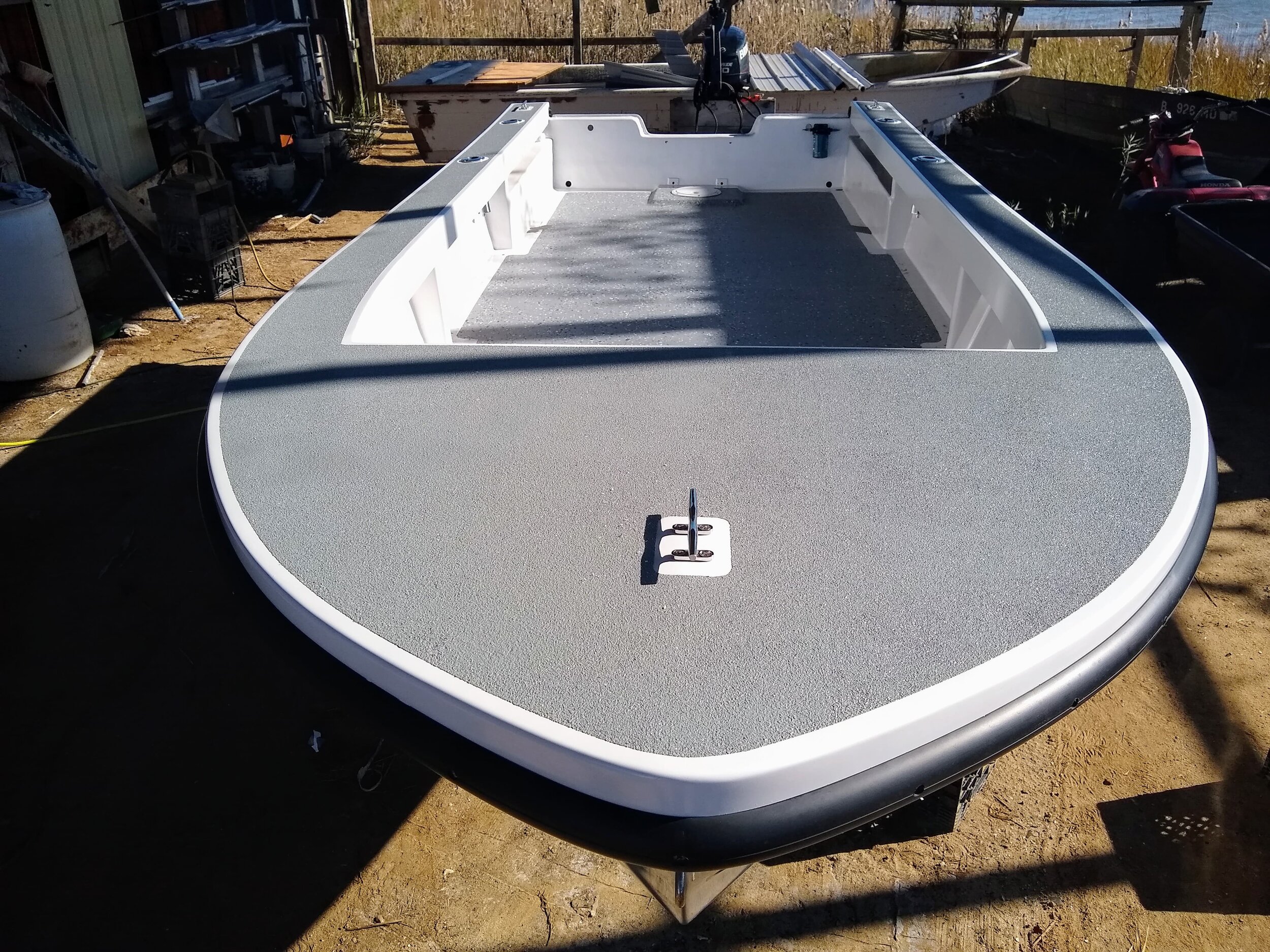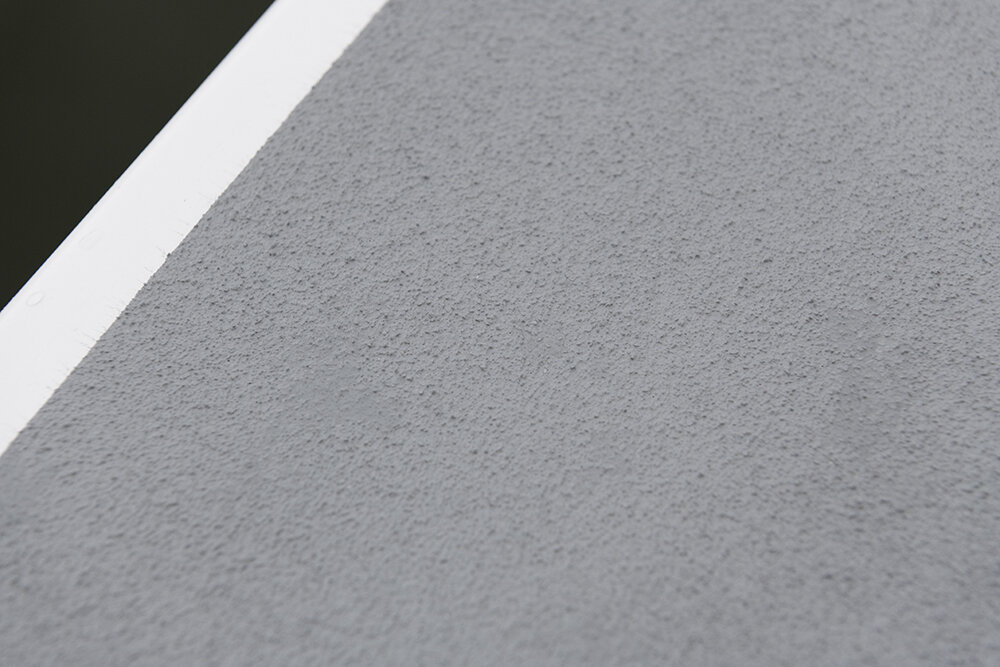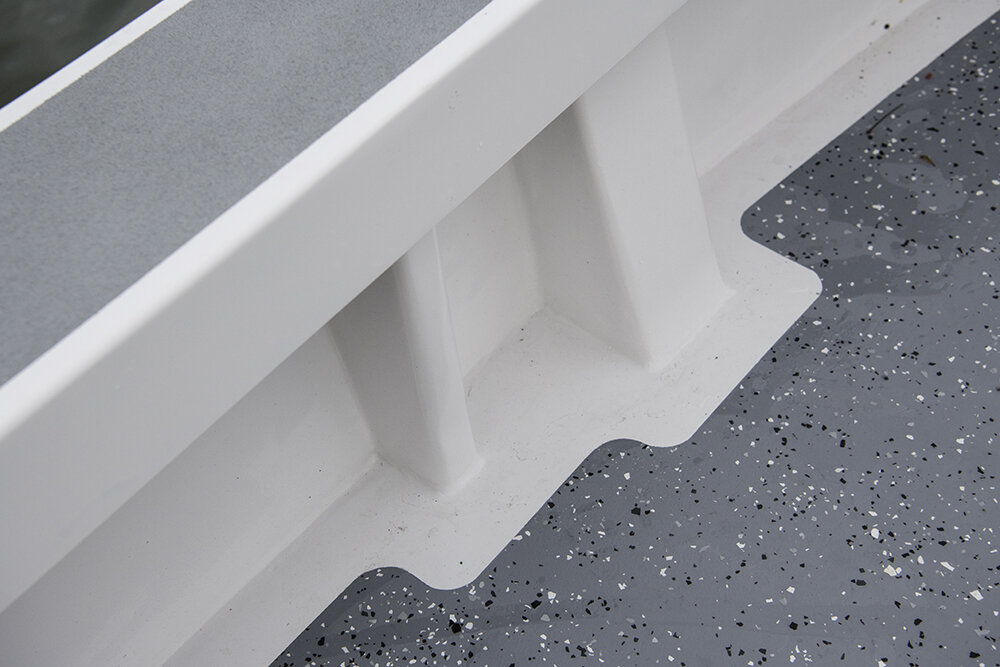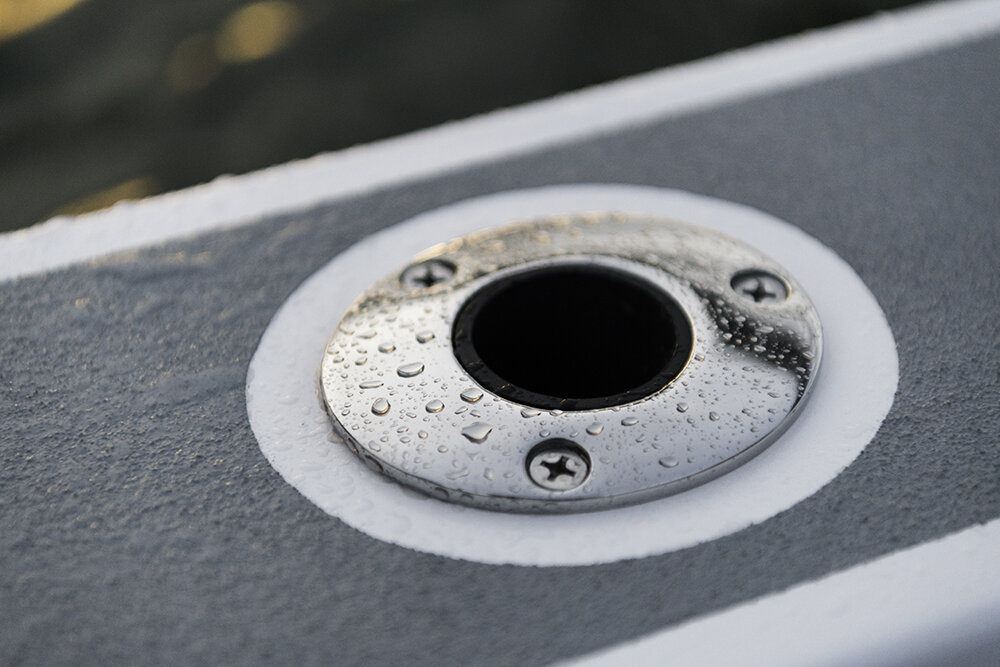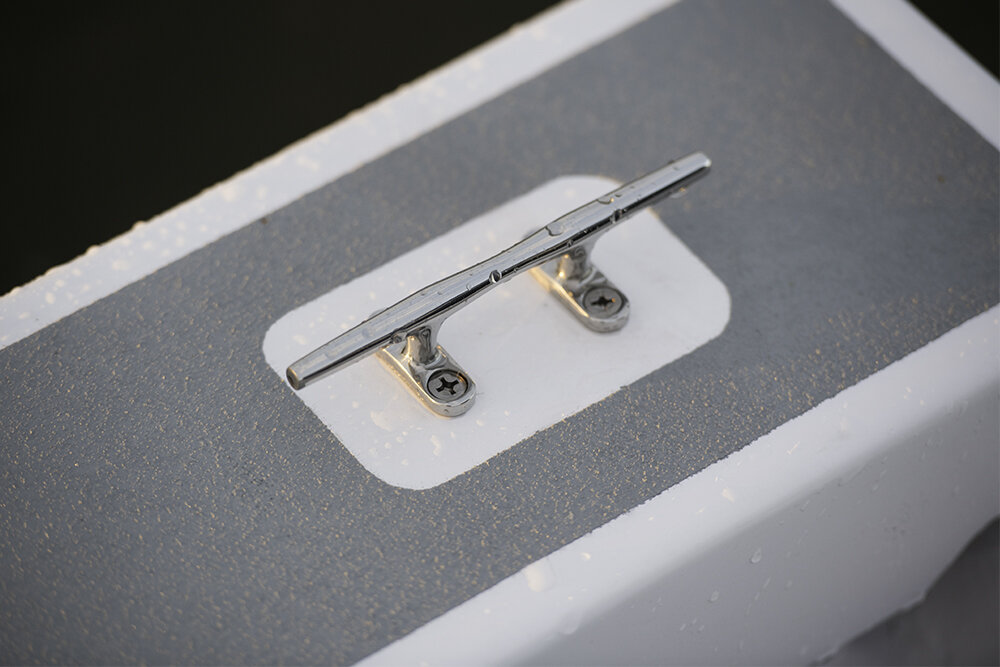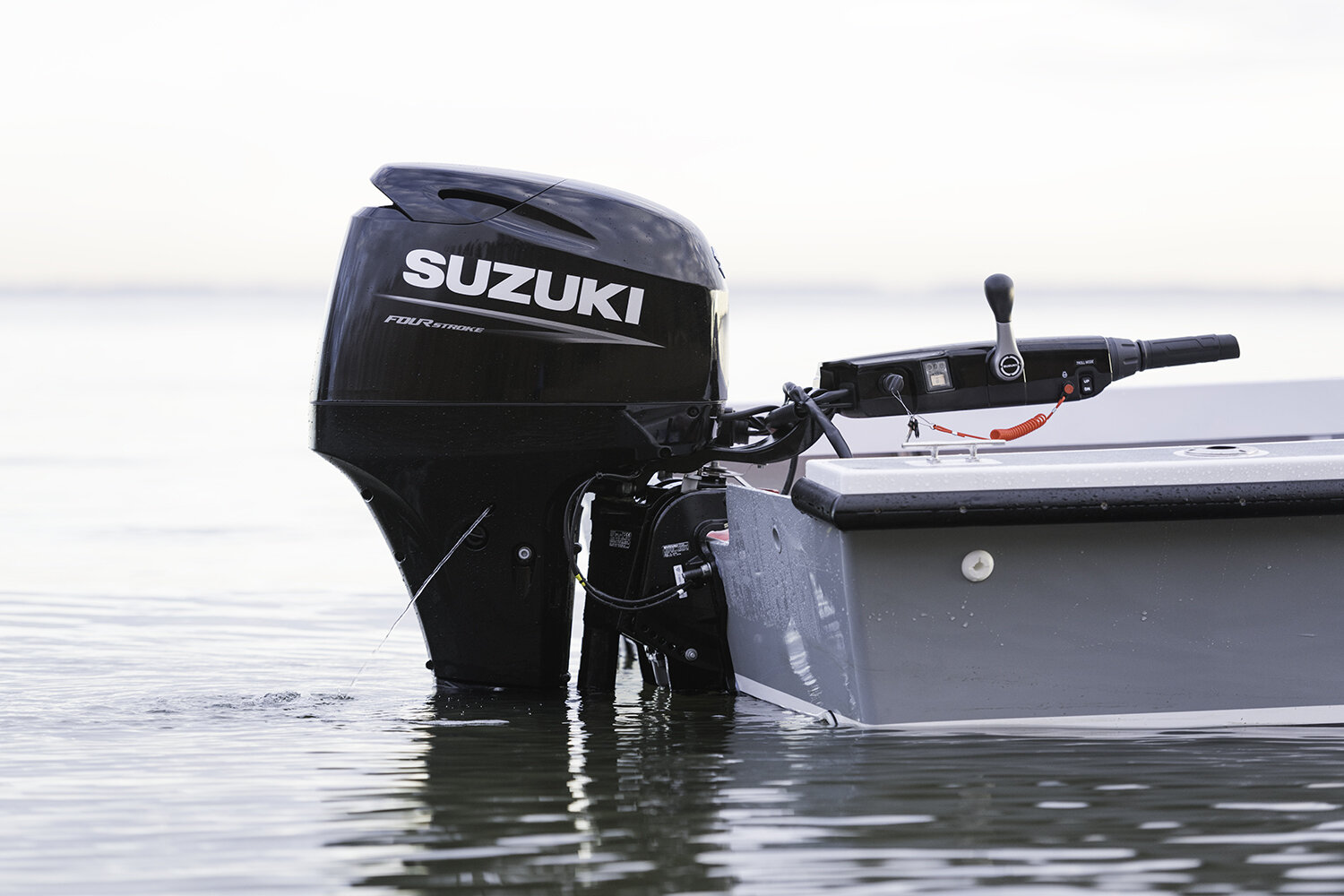The ISLAND LIFE photography essay published in the Summer 2020 issue of Edible Delmarva received top honors in the 2021 National Federation of Press Women's (NFPW) communications contest. The piece that shows some of the images that will be in my forthcoming book won first place in the Photography category. More than 2000 entries were submitted to the contest from professionals working in 38 states and Washington DC. The NFPW is an organization of both professional women and men working in the field of communications, including but not limited to broadcast and print journalism, public relations, marketing, advertising, graphic design and photography.
- to view the whole photography essay, click on the link below -
Island Life - Edible Delmarva - Summer 2020
Aground on the Altamaha: Georgia Inlet Claims a Shrimper
In late January 2021, I made a trip to the coast of Georgia to photograph the wreck of the trawler Jimmy and Charlie Jr. and the fishery for Cannonball Jellyfish. The story and photographs below documenting the wreck were recently published in National Fisherman Magazine.
The Jimmy and Charlie Jr., an 88.4-foot steel hull trawler owned by Hong and Men Shrimp Company out of Gautier, Miss., ran aground at the mouth of the Altamaha River in Georgia during the early hours of Nov. 4, 2020.
A Coast Guard MH-65 Dolphin helicopter aircrew from Air Station Savannah responded to distress calls from the vessel and airlifted the captain and his crew of three out of harm’s way at 5:15 a.m. The four shrimpers were transported to St. Simons Airport without any injuries.
The mouth of the Altamaha River on Georgia’s coast has long been considered one of the most dangerous and difficult areas to navigate in the southeastern United States. The sandy shoals are constantly shifting with the ocean’s wave action and the dramatic tides in the seven-foot-plus range. Shrimp trawlers landing in Darien, Ga., one of the state’s most active working waterfronts, use the channel between Wolf Island and Egg Island to run up the Altamaha.
“You can’t just rely on your electronics here,” said Michael Boone, a 32-year-old Darien native who has been running shrimp boats since he was just a teen. According to Boone, the depth can drop from three to twenty feet within a few yards.
According to a Brunswick, Ga., seafood wholesaler, 15,000 pounds of frozen shrimp onboard the Jimmy and Charlie Jr. rotted within a few days after the wreck. To make matters worse, a 10-foot northeast swell pushed the vessel even further onto the shoal to a spot that is completely dry at low tide. The boat’s 33,000-gallon fuel capacity immediately raised concerns with the Coast Guard, who contracted Moran Environmental LLC to remove approximately 15,000 gallons of diesel fuel from the fuel tanks by helicopter on Nov. 18.
The location of the wreck has made salvage efforts incredibly difficult, and the Jimmy and Charlie Jr. continues to sink further into the sand. As of late January 2021, the boat had sunk to a point where a high tide completely inundates the starboard gunwale. The starboard fuel tank is also filled with salt water, according to Darien shrimper Robert Trutt, who is working with the vessel’s owner to coordinate salvage.
Unless a drastic move is made to get the 18 year-old boat off the shoal, the mouth of the Altamaha River will claim its second shrimp trawler in five years. Hong and Men Shrimp Company did not respond to a request for comment.
Privateer Bay Boat - Restoration and repower
A project that I set out to complete in 2020 was to restore the hull of my 1987 Privateer Bay Boat and to upgrade the motor. This boat plays an important part of my photography business by providing me quick access to subjects on the water and by allowing me to carry up to four passengers on my workshops that I run in shallow bodies of water. I wanted this hull to match my larger 22’ Privateer Roamer II that I use as the primary vessel for my photography workshops.
The restoration started in July when I took the boat out to Smith Island while working on my forthcoming photography book, Island Life. I hired the island’s resident boat expert, Chris Marshall who operates the Smith Island Dry Dock in Rhodes Point, to take on the restoration. Other than a few specifics guidelines — i.e. paint colors, location of rod holders/cleats, etc... — I gave Chris creative freedom to work within the set budget to get the job done right. Chris is truly a master of his craft - he is responsible for much of the work that is done on some of the best kept workboats on Smith and Tangier Islands.
Chris worked on this project by himself in the midst of getting workboats ready for the 2020-2021 oystering season. The work was done under an awning, but weather conditions such as wind and humidity effected when he was able to spray the paints that are so delicate and temperamental. Chris and I worked together to document every step of the restoration process to create this informative blog post that shows what it takes to get a 33-year old hull into like new condition.
Tied up at the dock of the Smith Island Dry Dock before being hauled out for the restoration on July 29th, 2020.
The hull just after being pulled out of the water.
The hull after the outboard, bow rail, rod holders, and other hardware on the gunwales had been removed.
Using painters tape to mark the waterline before sanding the outside of the hull. The rub rail has been removed before the sanding process.
Filling in spider cracks and screw holes on the gunwales and sanding off the compound
Fiberglass and epoxy was used to fill in the holes that housed the original rod holders. The location of the rod holders was moved during the restoration.
Sanding the deck was a long and tedious process.
Prep work before spraying gel coat on the interior of the hull
The interior of the hull after five coats of gel coat.
Applying Awl-Grip to the exterior of the hull and the gunwales
Applying a fairing compound to fill in holes in the gel coat before applying awl-grip primer. The fairing compound was sanded down after drying.
The hull, sanded and ready for awl-grip primer.
Covering the freshly sprayed gel coat before applying awl-grip primer.
Awl-Grip products used during the application of the primers, glaze and topcoat.
Awl-grip 545 epoxy primer ‘gray base’ applied to the exterior of the hull.
Tape and plastic removed showing the areas where the gel coat was applied on the interior of the hull. Note that the bottom was not painted with the awl-grip primer.
Awl-fair surfacing filler was used to glaze/fill in any minor imperfections on the hull after the initial sanding with 220 sandpaper. The primer was then sanded down with a 320 grit sandpaper and then a 400 grit sandpaper before the haze gray top coat was applied.
Covering the bottom and the freshly sprayed awl-grip haze gray topcoat before applying the awl-grip snow white top coat to the boot-stripe and the gunwales.
Awl-grip snow white top coat applied to the gunwales and the boot-stripe.
Bottom paint was applied after the awl-grip snow white boot-stripe dried. Numbers were custom made by Connie Dize who does lettering and numbers for all of the workboats on Smith Island.
New rub rail added installed.
Gray gel coat paint applied to the deck.
Rust-Oleum decorative color chips were distributed throughout the freshly painted deck (while the paint was still wet). The chips help hide dirt, sand and mud.
The gunwales and bow were painted with non-skid haze gray awl-grip.
Detail of the gunwale and the deck.
Hardware added to the gunwales - three stainless steel 5” deck cleats and four stainless steel flush mounted rod holders.
The original motor (2014 Evinrude E-Tec 50hp tiller handle) was re-installed in late November 2020 after the three-month restoration.
Using the travel lift at the Smith Island Dry Dock to put the boat back in the water before running it back to the mainland.
RePower
After selling the original motor, I repowered with a 2020 50 hp Suzuki four stroke tiller handle. The motor was purchased from and installed by Danny’s Marine in East New Market, Maryland. The performance of the Suzuki does not differ much from the E-tec, the most notable difference is that the Suzuki is much more quiet.
One of the best features on the 50 hp suzuki is the digital tachometer and hour counter on the tiller handle. The 2014 evinrude e-tec did not have this feature which made it difficult to keep track of the number of hours on the motor and when routine maintenance needed to be performed.
The completed hull with the new motor installed.
Exhibit at Maryland Theater for the Performing Arts
Jay’s work is currently on display and available for sale at the Maryland Theater for the Performing Arts center in Annapolis. Framed prints, unframed prints and books will be available for sale throughout the exhibit which ends on February 25th. The space is open Monday through Friday from 9am to 5pm.
A reception will be held on February 11th from 5:30 to 7:30 in the evening. The event is ticketed to limit the number of guests in the gallery to ten at a time. 100% of the revenue from the tickets will go directly to MPTA to support their goal of bringing a world class performing arts center to Annapolis. Each of the guests will have 20-30 minutes in the gallery to talk with Jay about his work. Reserve your space using the link below.



